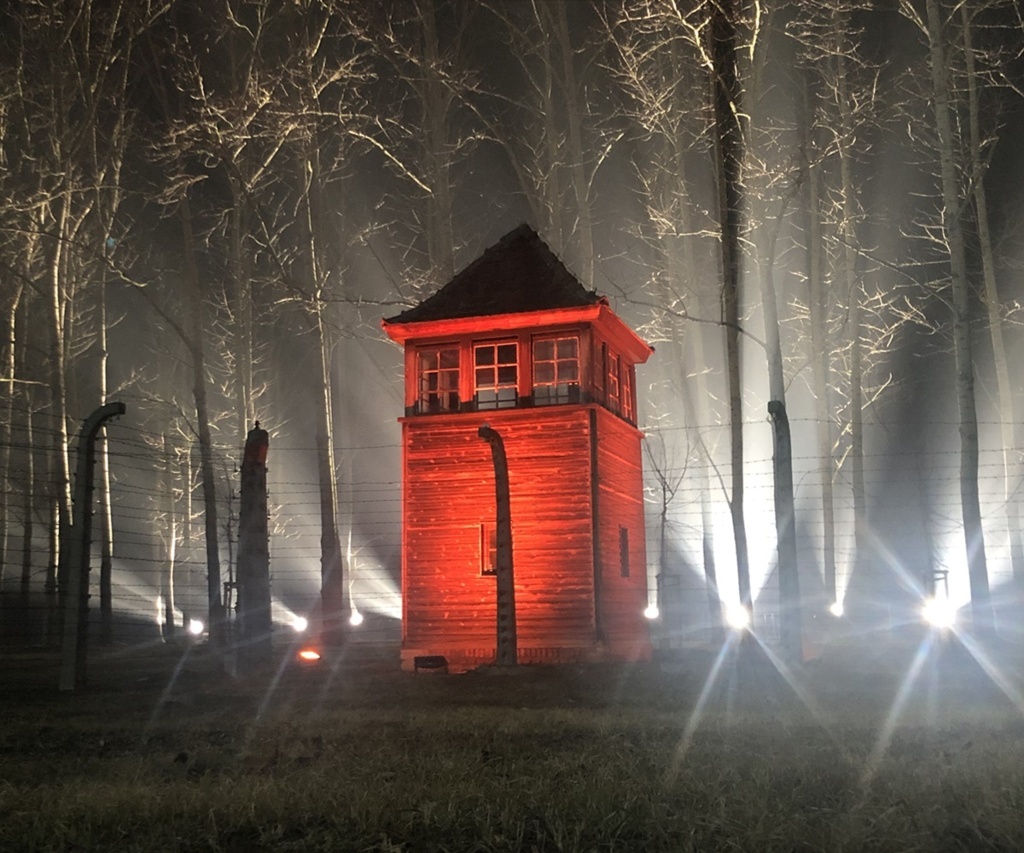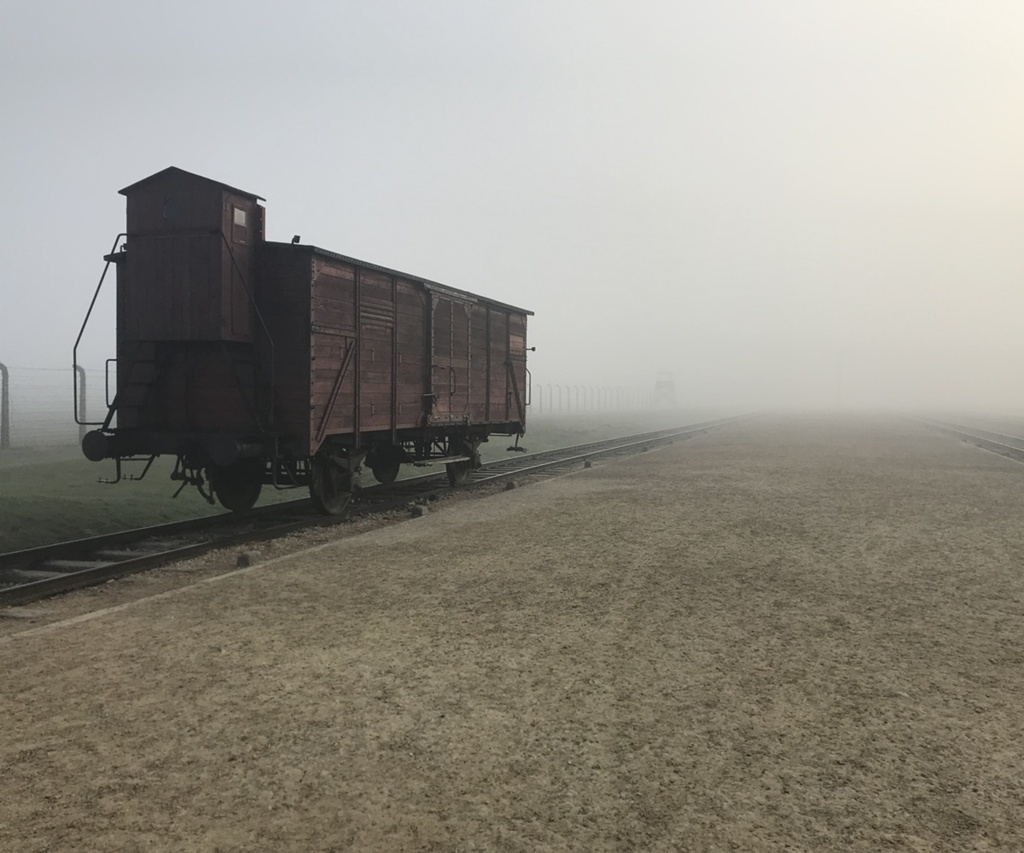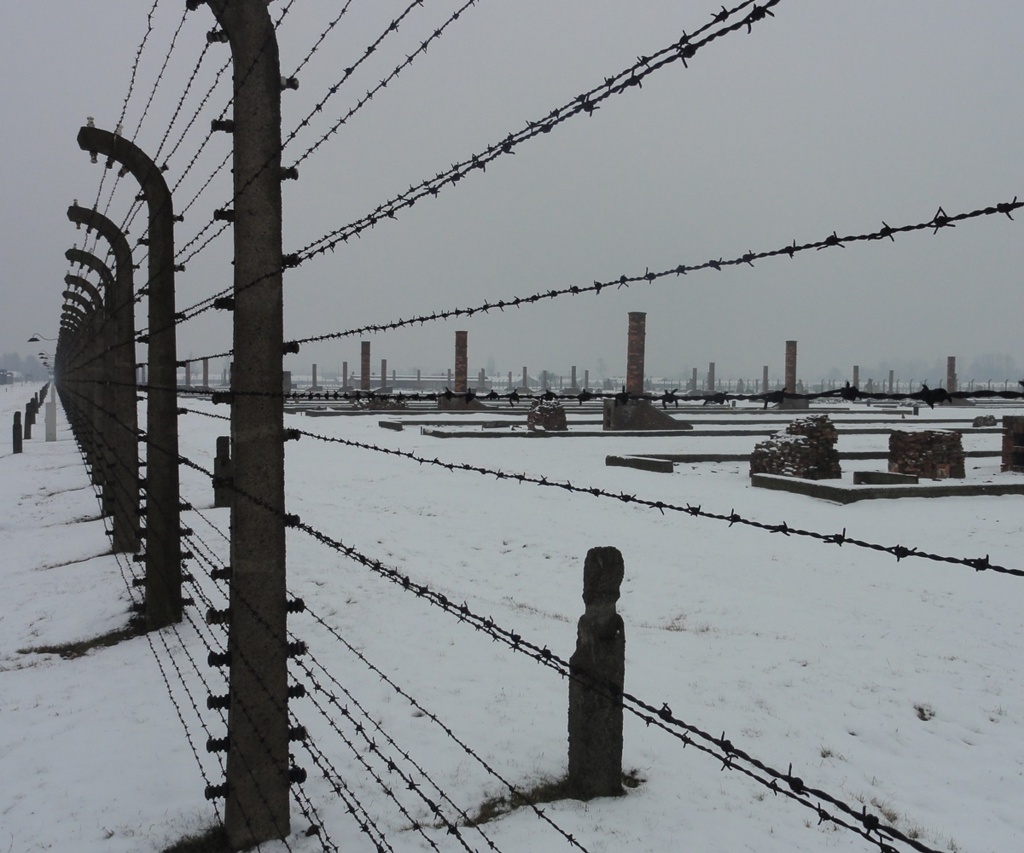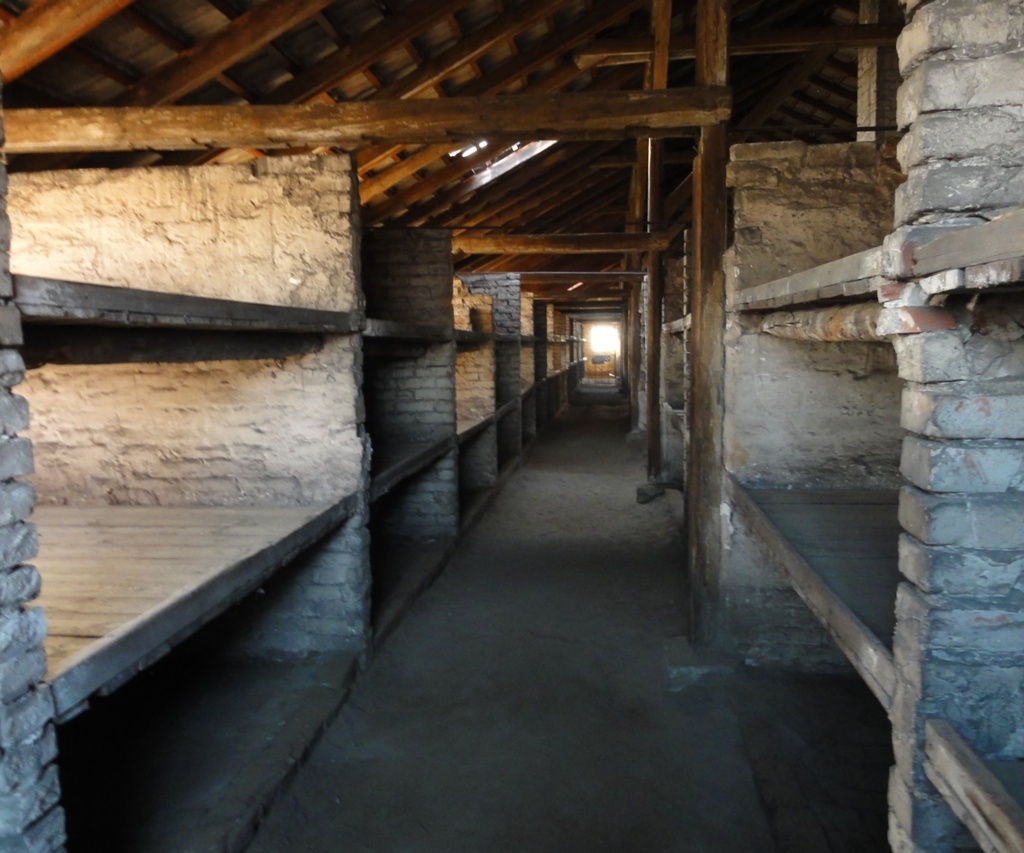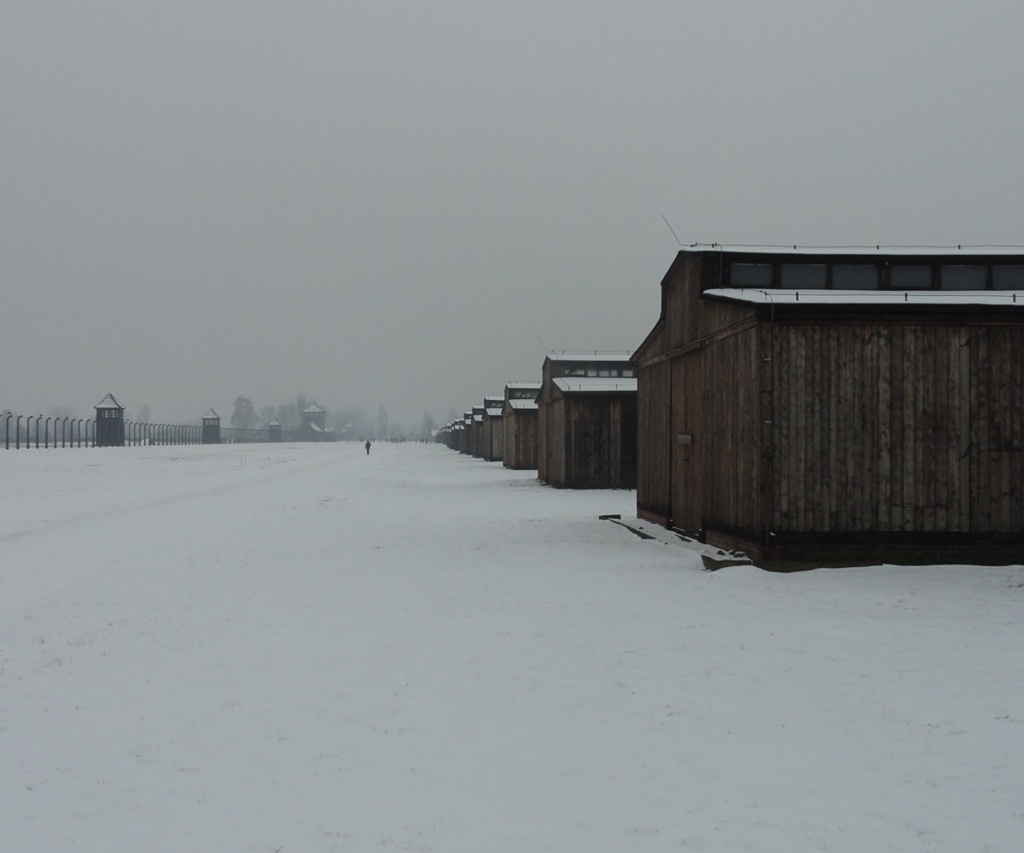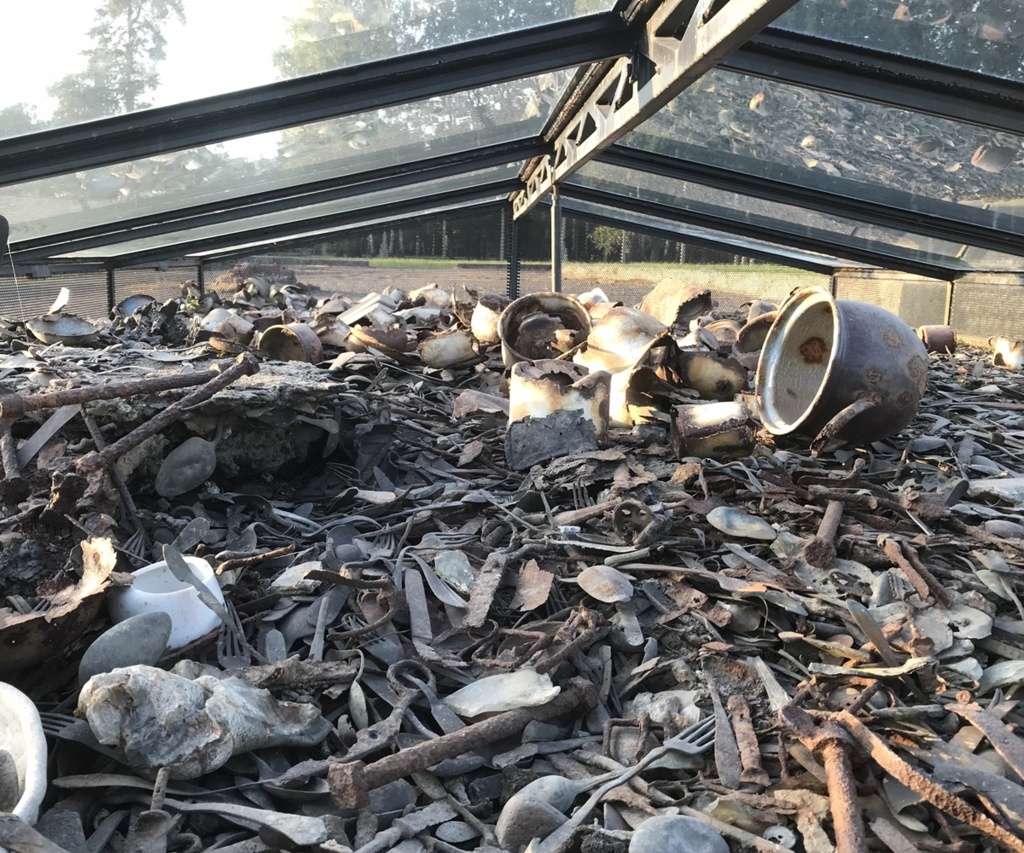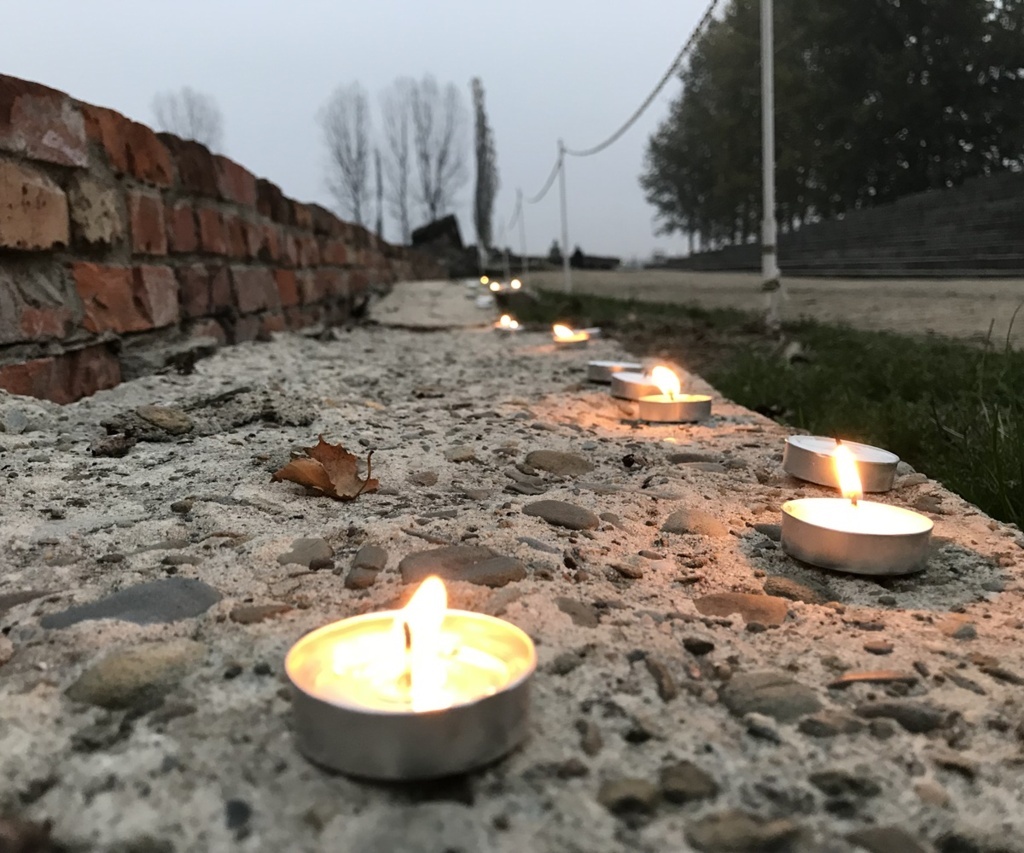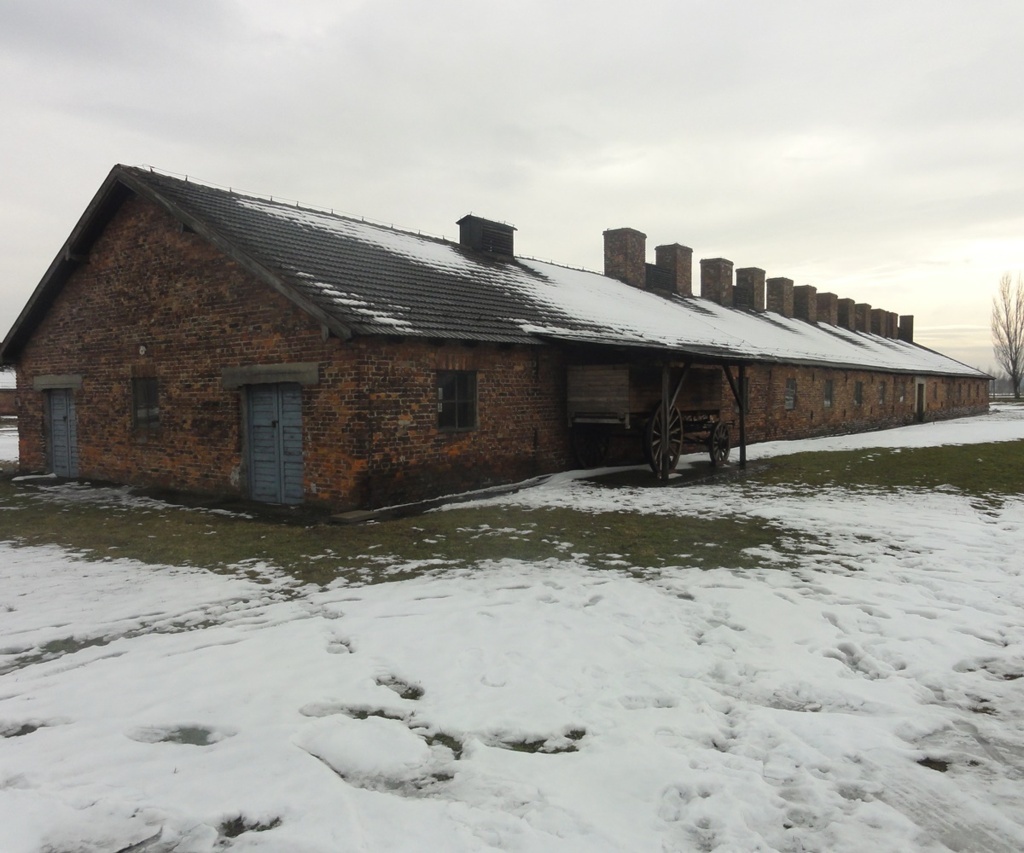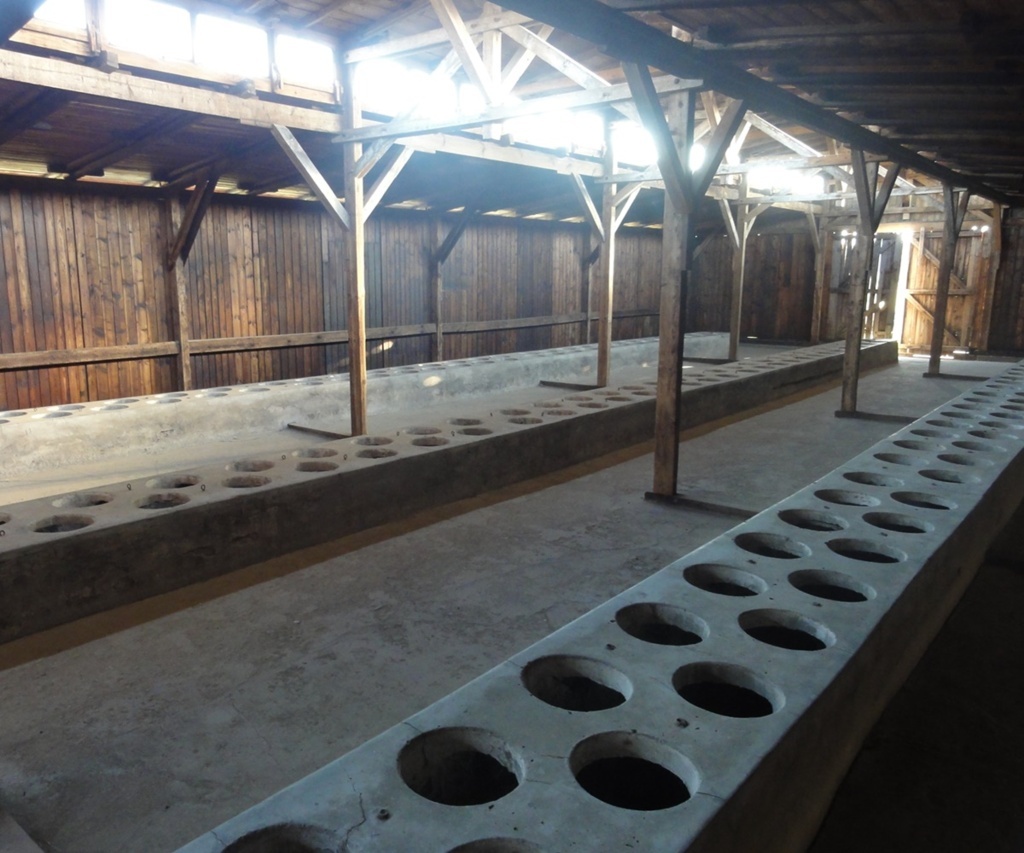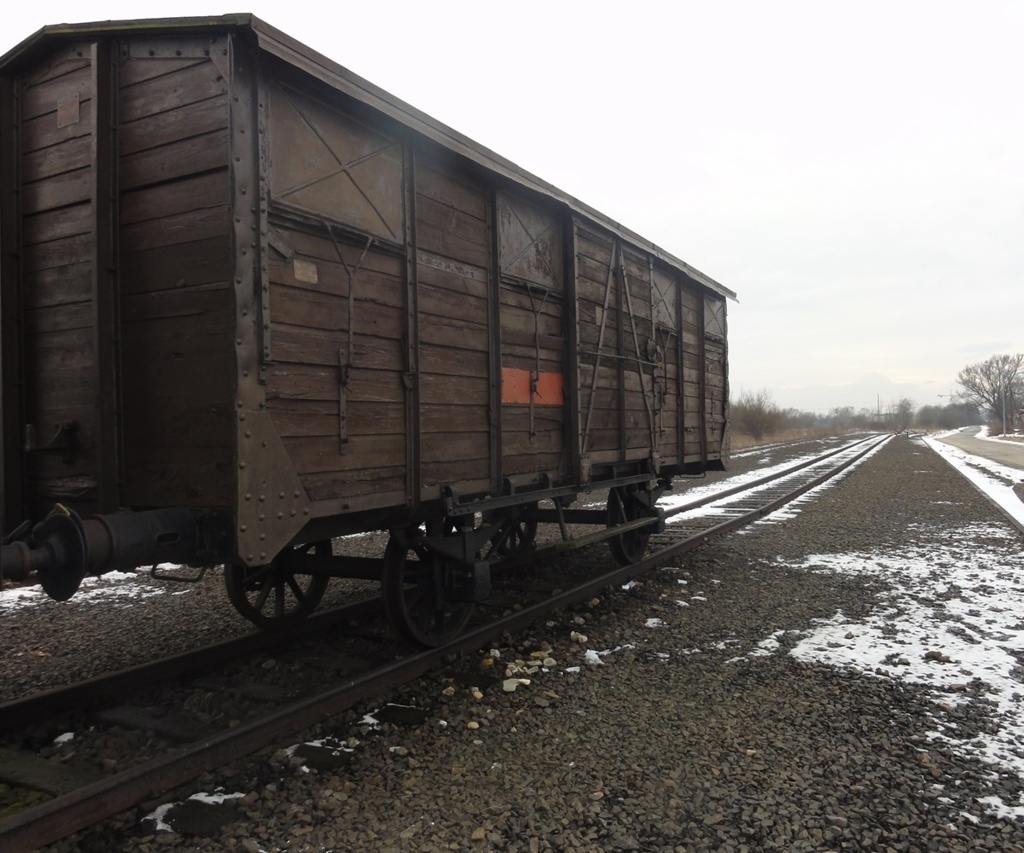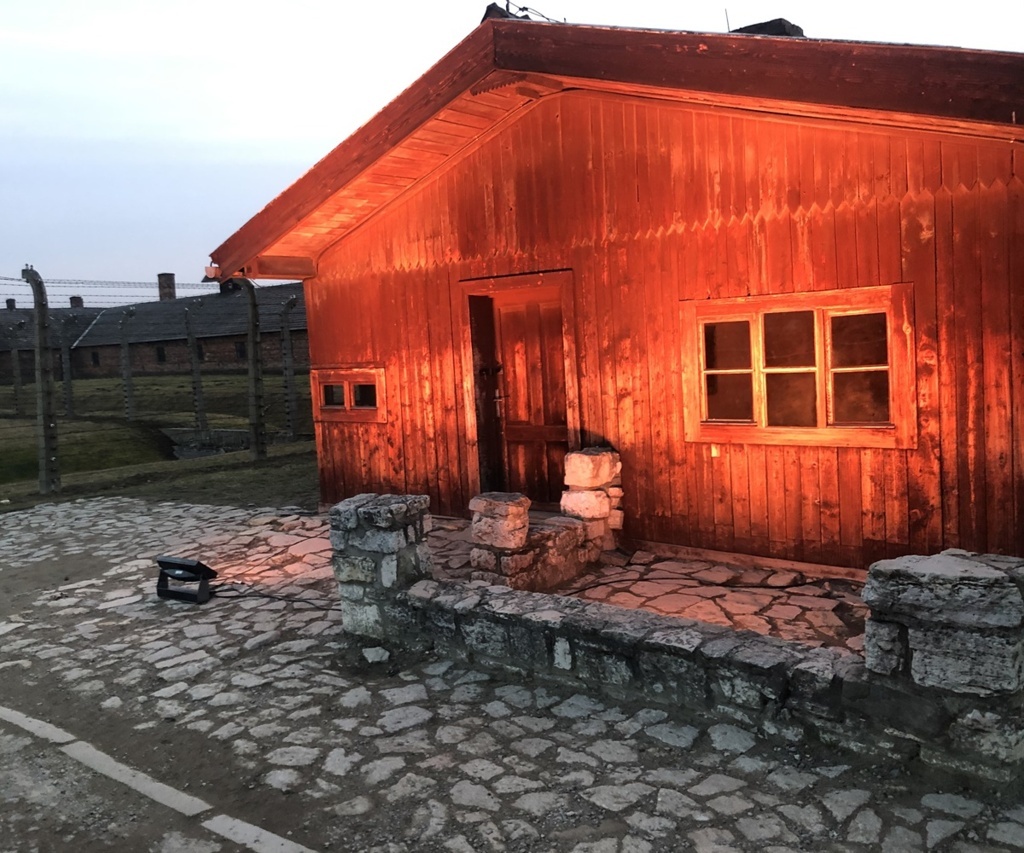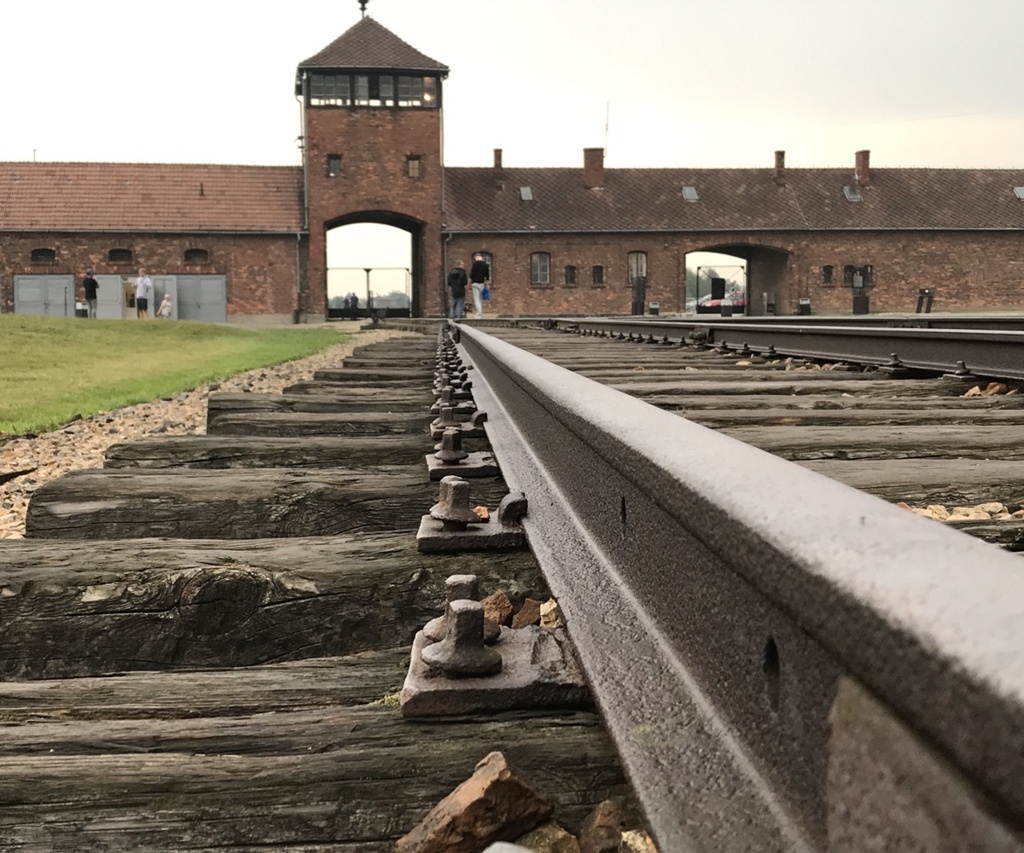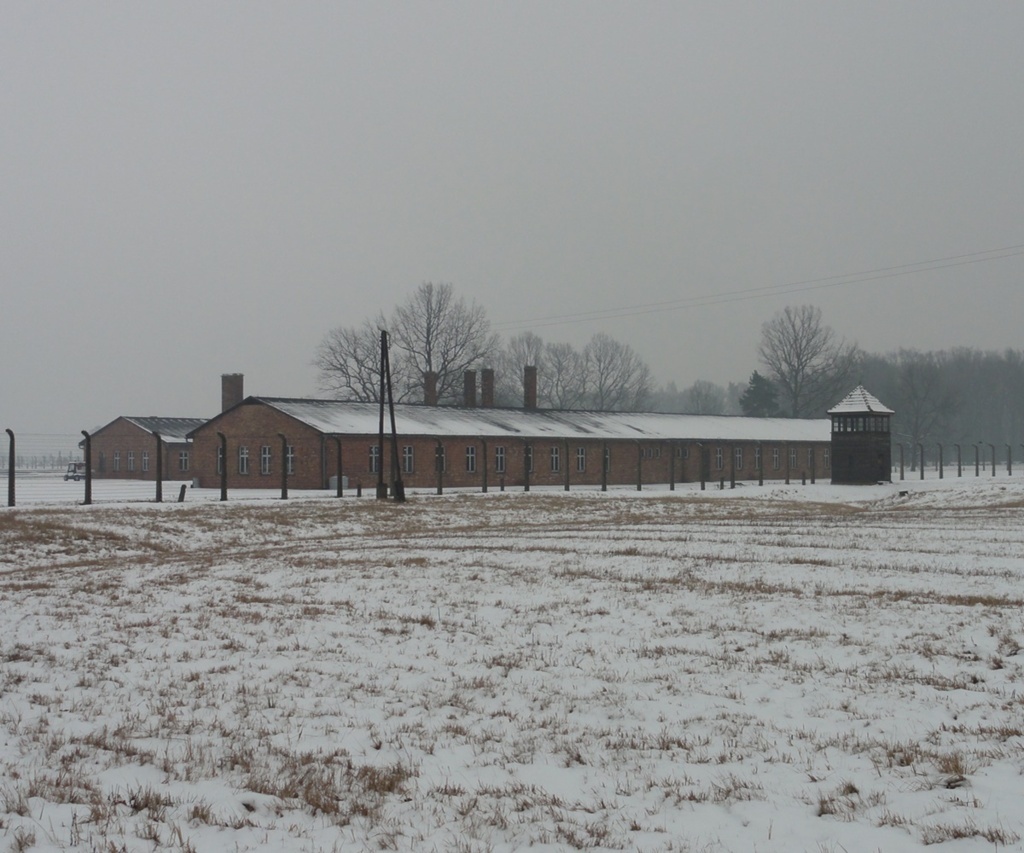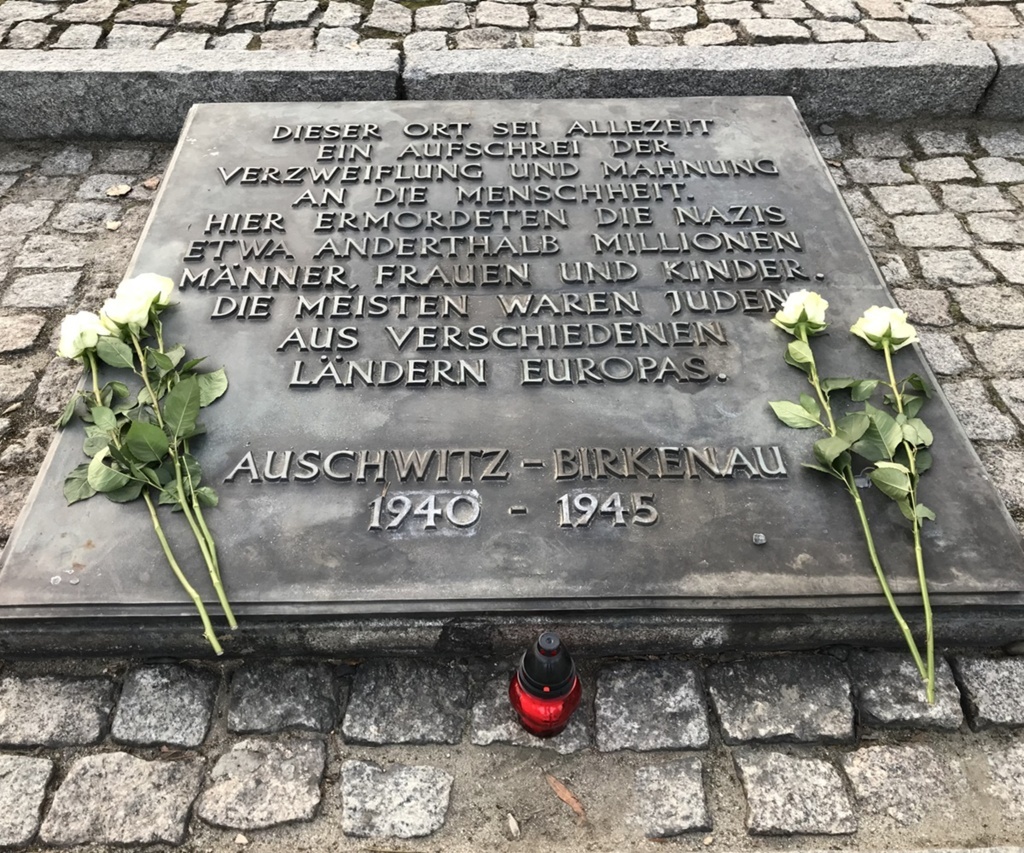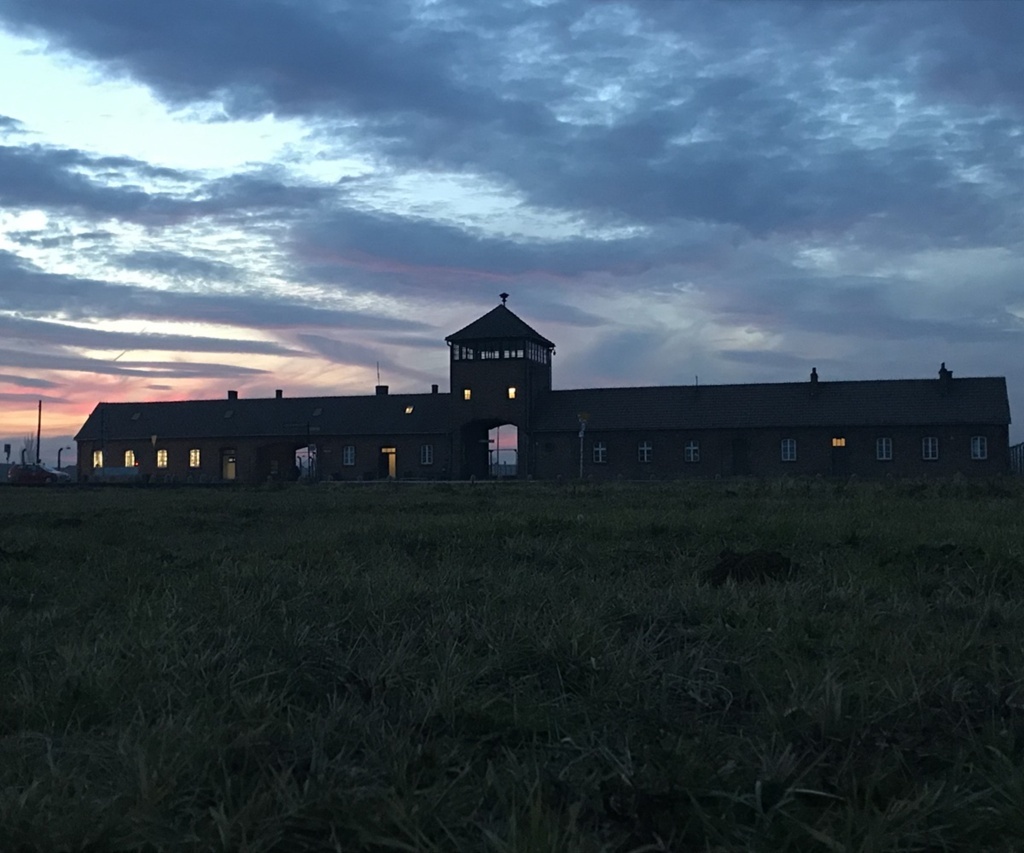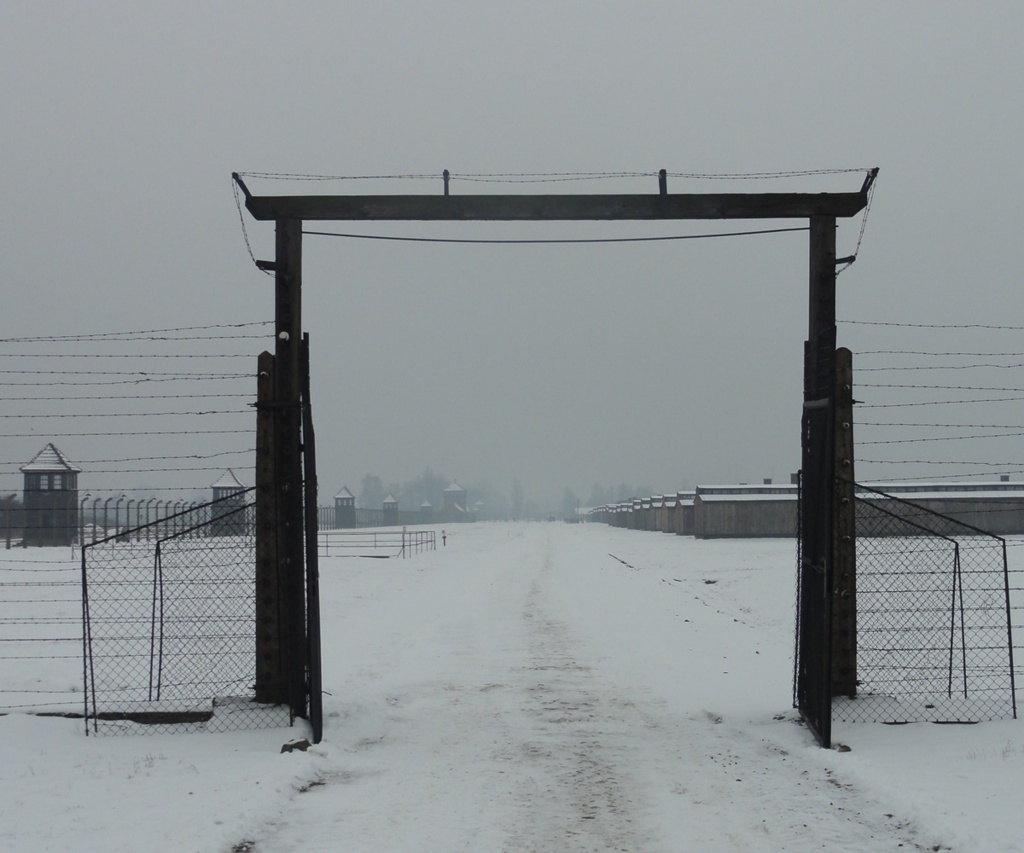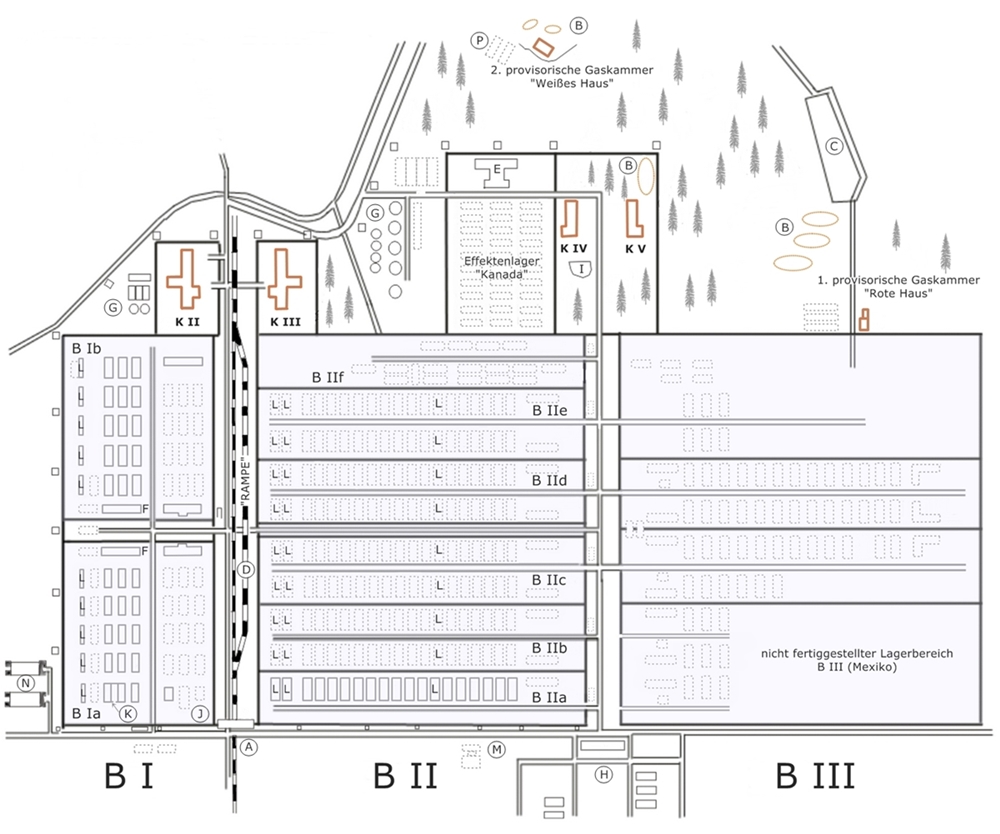Auschwitz II - Birkenau
On July 31, 1941, Göring, acting on Hitler’s orders, instructed Reinhard Heydrich, SS Gruppenführer and head of the Reich Security Main Office, to draw up an overall plan for the “Final Solution of the Jewish Question.” Heydrich explained his plan to 15 high-ranking representatives of the National Socialist Reich government and SS authorities on January 20, 1942, at a villa on the Wannsee in Berlin.
The transports of European Jews decided at the Wannsee Conference went exclusively to the East. To the extermination camps Auschwitz-Birkenau, Belzec, Chelmno, Sobibor, Treblinka and Lublin-Majdanek.
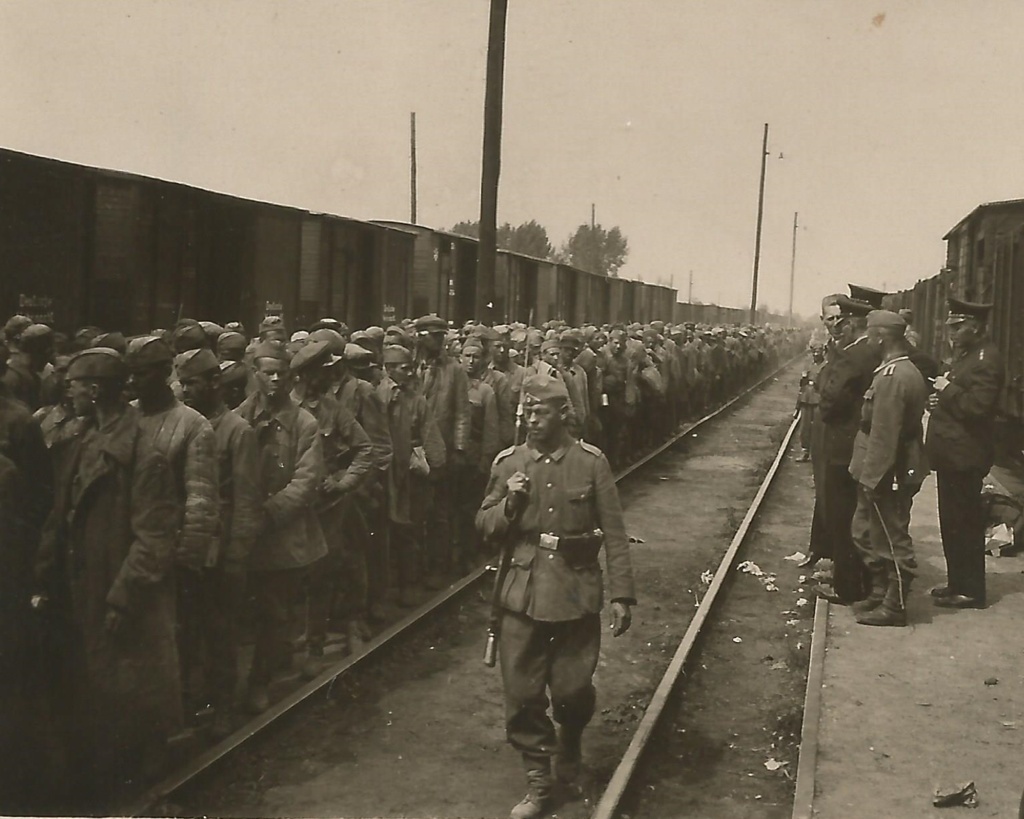
Russian prisoners of war
With the expansion of the Auschwitz concentration camp, around 5000 Poles were resettled from Oświęcim (Auschwitz) itself and the surrounding villages. Eight villages and more than one hundred buildings in Oświęcim (Auschwitz) in the immediate vicinity of the main camp were destroyed. In 1943, after significant expansions of the camp, approximately 140,000 prisoners were crammed into the Auschwitz-Birkenau concentration and extermination camp under catastrophic conditions. Birkenau was divided into several subcamps.
Rudolf Höss, the commandant of the Auschwitz-Birkenau camp, wrote in his autobiography that in 1941 he was summoned to Berlin, where Himmler told him that Hitler had ordered that the “Jewish question” be finally solved and that the SS should carry out this order. Himmler said, “The existing extermination centers in the East are not capable of carrying out the intended large-scale actions. I have therefore designated Auschwitz for this purpose.”
In October 1941, approximately 10,000 Soviet prisoners of war were transferred from the Lamsdorf POW camp (Silesia) to Auschwitz. They started to build the camp Auschwitz II – Birkenau three kilometers away from Auschwitz I. The name Birkenau is derived from the village of Birkenau. The name Birkenau is derived from the village Brzezinka on which the camp was built. The camp was located in a restricted area of about 40 km² and was planned for a capacity to house 100,000, in the long term 200,000 prisoners.
After the dissolution of the Belzec (March 1943), Treblinka (August 1943) and Sobibor (October 1943) extermination camps, Auschwitz-Birkenau became the center of Nazi mass extermination. Starting in January and June 1942, respectively, two converted farmhouses (designated Bunker I-Red House and Bunker II-White House) were initially used for gassing prisoners with Zyklon B. Between March and June 1943, four large crematoria with gas chambers were put into operation. In the four Birkenau crematoria, the Central Construction Management commissioned the Erfurt-based company Topf & Söhne to install incinerators for cremating the corpses. Crematoria II and III each had five incinerators with three combustion chambers, while Crematoria IV and V each had one incinerator with eight combustion chambers.
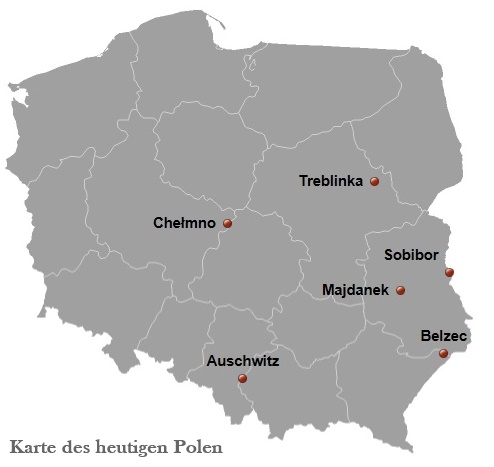
With the commissioning of the four new crematoria, the SS in Birkenau had veritable “death factories” at its disposal. The installed equipment was intended to ensure the smooth running of the mass murder. For the first time in history, people were killed and burned as if on an assembly line.
According to the camp commander Rudolf Höß, three to five corpses were burned in 20 minutes in one combustion chamber. Thus, it was possible to burn about 2,500 corpses each in crematoria II and III, and about 1,500 corpses each in crematoria IV and V in one day. As a rule, these numbers were not reached. However, with the “Hungary Action” in the summer of 1944, when up to 9,000 people were murdered daily, the incineration capacity of the ovens was no longer sufficient.
The SS also had the corpses burned in pits. Prisoners from the Sonderkommando had to pull the dead out of the gas chambers. Before they were cremated, their gold teeth were broken out and the women’s hair was cut off, which an SS-owned company, the Deutsche Ausrüstungswerke, processed into blankets.
Against all odds, there was a resistance movement in Auschwitz. On October 7, 1944, the Jewish Sonderkommando carried out an uprising. Female prisoners had smuggled in explosives from a weapons factory and Crematorium IV was partially destroyed. The subsequent escape of the rebels was unsuccessful and all 250 prisoners were captured and killed shortly afterwards. Due to the rapid advance of the Red Army, Himmler ordered the gassing of Jews to be stopped in November 1944, the gas chambers and crematoria to be dismantled and the buildings to be blown up (the last crematorium was blown up on the night of January 26, 1945). Most of the prisoners who had operated the gas chambers and crematoria and were direct witnesses to the extermination were killed by the SS.
In mid-January 1945, the SS drove around 60,000 prisoners on long marches in the freezing cold to the west, into the interior of the Reich. During the “death marches”, around 15,000 prisoners died of physical exhaustion, hunger, cold or at the hands of the SS.
When the Red Army (322nd Infantry Division of the 60th Army of the First Ukrainian Front) reached the Auschwitz concentration camp on January 27, 1945, the soldiers found around 7,000 survivors, including 600 children.
The Auschwitz II – Birkenau concentration camp was the largest German extermination camp during the National Socialist era. Around 1.1 million people were murdered in Auschwitz II, including 1 million Jews from Poland, Hungary, Germany, France, Greece, Belgium, Italy, Austria, Romania, Yugoslavia, Luxembourg, the Netherlands, Czechoslovakia and the Soviet Union.
K II – Gas chamber and crematorium 2
K III – Gas chamber and crematorium 3
K IV – Gas chamber and crematorium 4
K V – Gas chamber and crematorium 5
BI a – March to August 1942 Soviet prisoner of war and men’s camp, August 1942-1945 women’s camp
BI b – August 1942 – July 1943 men’s camp, July 1943 to January 1945 women’s camp
BII a – from August 1943 men’s quarantine camp
BII b – September 1943 – July 1944 Theresienstadt “family camp”
BII c – from June 1944 Camp for Jewish prisoners, mainly women from Hungary
BII d – from July 1943 men’s camp
BII e – February 1943 to August 2, 1944 Gypsy camp
BII f – July 1943 to January 1945 Men’s prisoner infirmary camp
BIII – June 1944 to October 6, 1944 Camp for Jewish prisoners, mainly women from Hungary, in the camp language “Mexico”.
A – Main guard / camp gate
B – Cremation pits / pyre
C – Mass grave of Soviet prisoners of war
D – Railway ramp, from May 1944 the selections took place here
E – Bath / disinfestation facility “sauna”
F – Kitchen barracks
G – Sewage treatment plant
H – Camp commandant’s office / SS barracks
I – Pond into which the ashes of the cremated corpses were poured
J – Block 30 in section BI a – Experimental block of “Dr. Schumann and Prof. Carl Clauberg”
K – Block 25 in section BI a – “death block” where the prisoners were “collected” who had been selected by the SS to die in the gas chambers.
L – Latrines or washing barracks
M – waterworks
N – Potato store
P – Undressing barracks
Auschwitz - Birkenau
Literature
Danuta Czech
Kalendarium der Ereignisse im Konzen- trationslager Auschwitz-Birkenau 1939–1945. Rowohlt, Hamburg, 1989.
Robert-Jan van Pelt, Deborah Dwork
Auschwitz, Von 1270 bis heute, Verlag: Pendo
